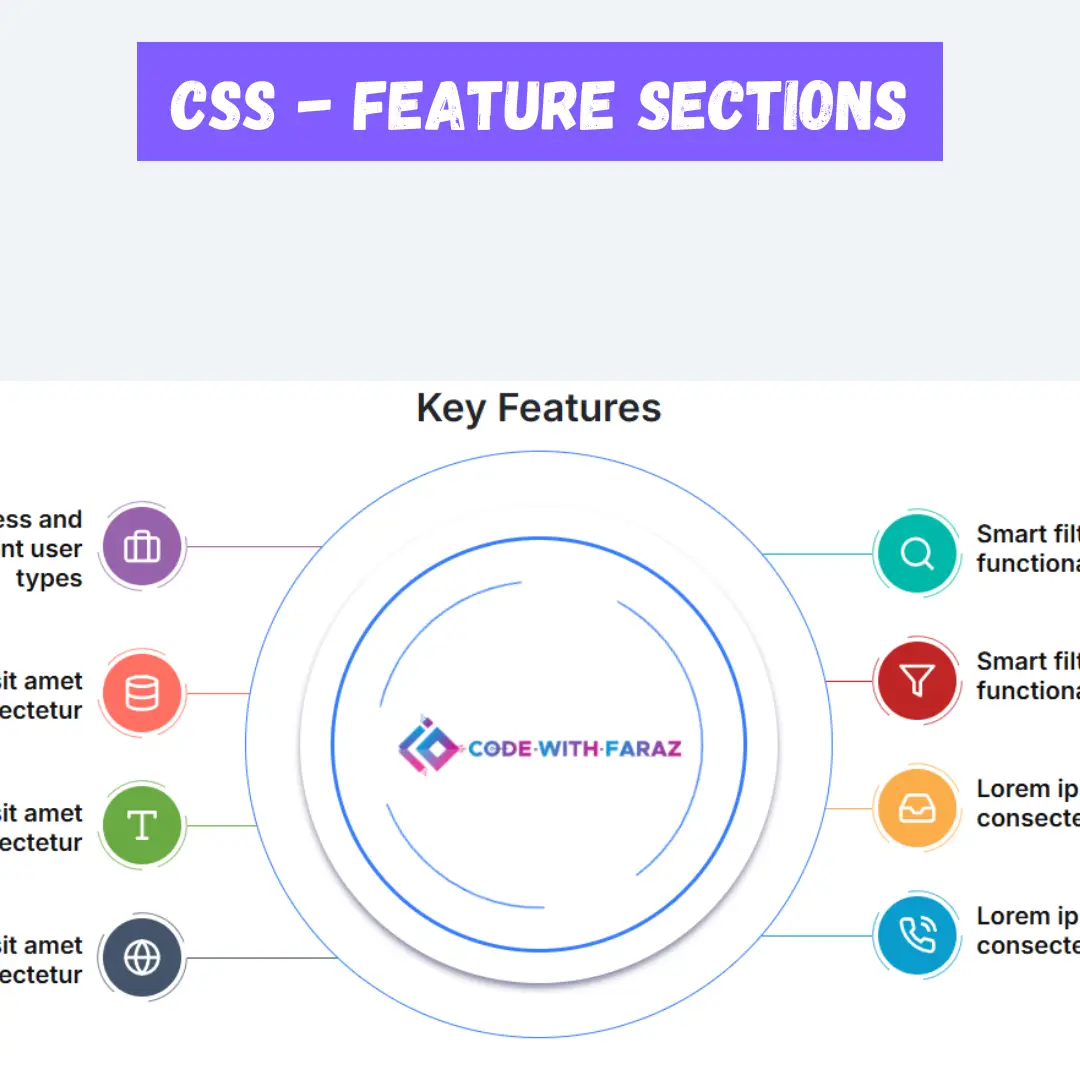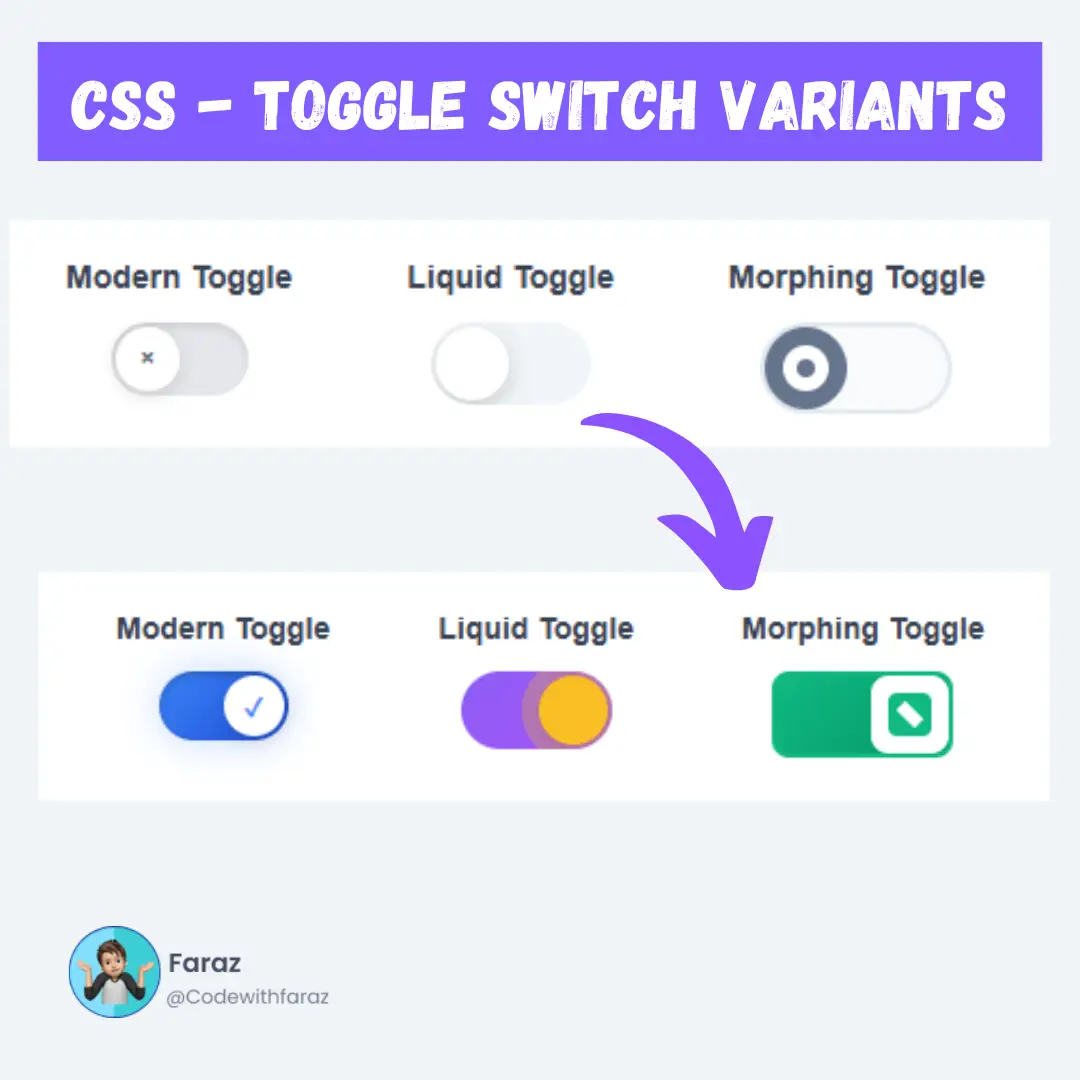In this guide, we explore the differences between Float and Double data types, and how to choose between them for your programming project.

In the world of computer programming, there are a variety of data types that developers can use to represent numerical values. Two of the most commonly used data types for representing decimal numbers are float and double. While both data types are used to represent decimal numbers, there are some key differences between the two that developers should be aware of. In this guide, we will take a closer look at the differences between float and double, including their precision, range, and memory usage. By the end of this guide, you should have a better understanding of when to use float or double in your code, and how to choose the right data type for your specific needs.
What is Float?
In computer programming, a float is a data type that can store decimal numbers with a fractional component. It stands for "floating-point number" and is represented by the keyword "float" in most programming languages.
A float is a single-precision floating-point data type, which means that it can represent decimal numbers with up to 7 digits of precision. It uses 32 bits of memory to store a value.
Here's an example of how you might use a float in your code:
float pi = 3.14159265;In this example, we're declaring a variable called "pi" and assigning it the value of pi to 7 decimal places. This value is stored as a float, which is a data type that can represent decimal numbers with a fractional component.
What is a Double?
In computer programming, a double is a data type that can store decimal numbers with a fractional component. It stands for "double-precision floating-point number" and is represented by the keyword "double" in most programming languages.
A double is a double-precision floating-point data type, which means that it can represent decimal numbers with up to 15-16 digits of precision. It uses 64 bits of memory to store a value.
Here's an example of how you might use a double in your code:
double pi = 3.14159265358979323846;In this example, we're declaring a variable called "pi" and assigning it the value of pi to 15-16 decimal places. This value is stored as a double, which is a data type that can represent decimal numbers with a fractional component.
Differences between Float and Double
Float and Double are two data types used in computer programming to represent decimal numbers. There are several key differences between the two:
- Precision: Double has a higher precision than float, meaning it can represent decimal numbers with more digits of precision. Float can represent decimal numbers with up to 7 digits of precision, while double can represent decimal numbers with up to 15-16 digits of precision.
- Range: Double has a larger range than float, meaning it can represent a wider range of values. The range of a data type refers to the range of values it can represent.
- Memory Usage: Double uses more memory than float, so if you are working on a project with limited memory resources, you may want to use float.
- Size: Float is a single-precision data type and uses 32-bits to store a value, while double is a double-precision data type and uses 64-bits to store a value.
- Use Cases: Double is generally used when precision is a concern such as in financial calculations or scientific simulations, while float is generally used when memory usage is a concern or when working with values that don't require a high degree of precision.
In general, Double is recommended when the precision is more important than memory usage and Float is recommended when the memory usage is more important than precision.
Additional Resources
For more information on float and double, as well as other data types, check out the following resources:
- The Java Programming Language by Ken Arnold and James Gosling
- The C Programming Language by Brian W. Kernighan and Dennis M. Ritchie
- The IEEE 754 Standard for Floating-Point Arithmetic: https://en.wikipedia.org/wiki/IEEE_754
- The Floating-Point Guide: https://floating-point-gui.de/
Please note that the above resources are examples, and you can find many other resources and tutorials online.
Conclusion
In conclusion, float and double are both useful data types for representing decimal numbers, but they have some key differences. Float offers less precision and a smaller range, but it uses less memory. Double, on the other hand, offers more precision and a larger range, but it uses more memory. Depending on the requirements of your project, you may want to use one data type over the other. However, always keep in mind that precision and range should be your first priority when choosing a data type for your project.
That’s a wrap!
Thank you for taking the time to read this article! I hope you found it informative and enjoyable. If you did, please consider sharing it with your friends and followers. Your support helps me continue creating content like this.
Stay updated with our latest content by signing up for our email newsletter! Be the first to know about new articles and exciting updates directly in your inbox. Don't miss out—subscribe today!
If you'd like to support my work directly, you can buy me a coffee . Your generosity is greatly appreciated and helps me keep bringing you high-quality articles.
Thanks!
Faraz 😊


























